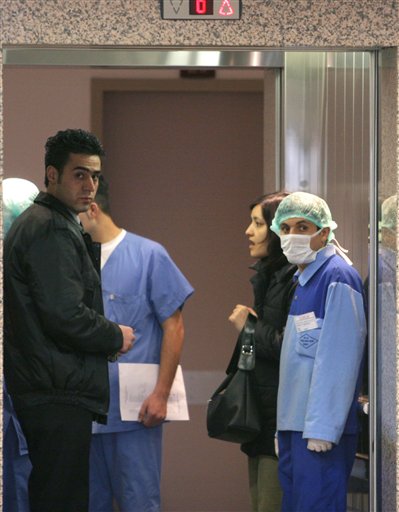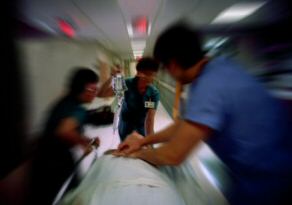
Amina Qader gazed sadly as her 70 ducks and chickens, once her main source of income, were hauled away Tuesday in plastic bags to be buried alive in a nearby muddy grave. The widow's birds are among more than 500,000 killed in the past two days across northern Iraq as this war-ravaged country battles to control a deadly bird flu outbreak.
The bird slaughter followed Monday's announcement that a 15-year-old girl who died Jan. 17 had the deadly H5N1 strain.
"I am so scared of bird flu, so I gave all my birds away to be killed, even though none were ill," she says. "We've relied on them for years for our livelihood. What are we to do now?"
Iraqi authorities have promised to compensate people for the loss of their chickens, ducks and other domesticated birds, but have given no amount.
Bingird is a village of about 2,500 people on the western side of Dukan reservoir, a stop for migratory birds flying south from Turkey, where at least 21 people have been diagnosed with the H5N1 strain.
Medicine Tag
Health Tag















































